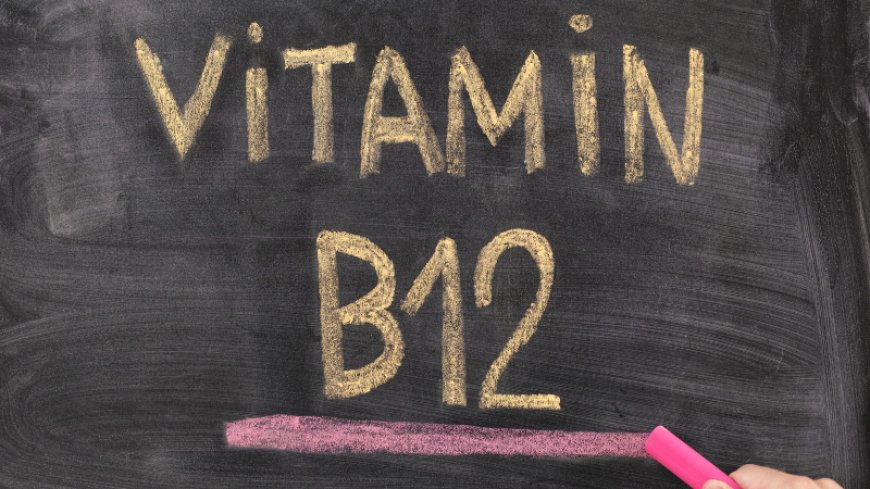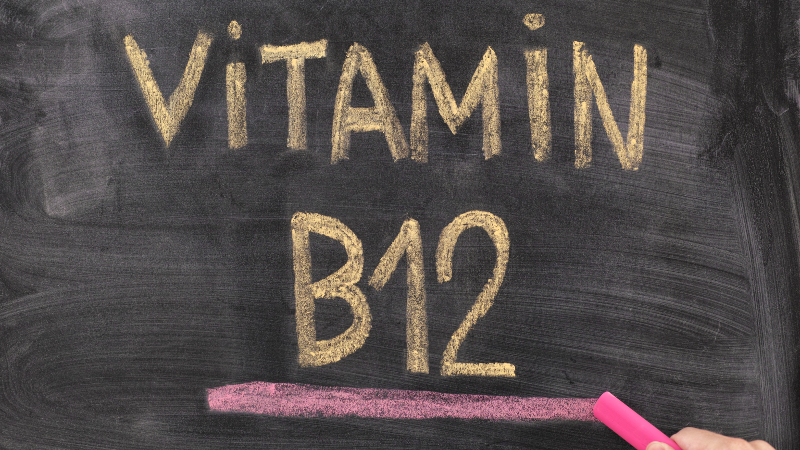Vitamin B12, folate deficiencies more prevalent in adolescents than younger kids – India study
Vitamin B12, folate deficiencies more prevalent in adolescents than ... NutraIngredients-Asia

Vitamin B12 and Folate Deficiencies in Indian Children and Adolescents

Introduction
A recent study conducted in India has found that the prevalence of vitamin B12 and folate deficiencies is higher among adolescents compared to younger children. These deficiencies are linked to metabolic disorders and can have significant implications for child development and overall health. This article explores the findings of the study and highlights the importance of addressing these deficiencies in the context of the Sustainable Development Goals (SDGs).
Study Methodology
The Comprehensive National Nutrition Survey (CNNS), conducted by the Ministry of Health and Family Welfare in India, aimed to provide nationally representative data on the nutritional status of Indian children and adolescents. The survey involved participants from 29 states and the union territory of Delhi, with a total sample group of 105,243 individuals. Serum vitamin B12 and erythrocyte folate levels were analyzed for 33,880 and 38,750 participants, respectively.
Key Findings
- The prevalence of vitamin B12 deficiency was highest among adolescents at 31%, followed by school-age children (17.3%) and preschool children (13.8%).
- Folate deficiency was also higher among adolescents at 35.6%, compared to 27.6% in school-age children and 22.8% in preschool children.
- There was a significant decrease in vitamin B12 and folate levels with age, particularly among adolescent boys.
Implications for Sustainable Development Goals
The findings of this study have important implications for achieving the Sustainable Development Goals, particularly Goal 2: Zero Hunger and Goal 3: Good Health and Well-being.
- Goal 2: Zero Hunger – Vitamin B12 and folate deficiencies can lead to malnutrition and hinder efforts to eradicate hunger. It is crucial to address these deficiencies through targeted interventions and promote access to nutrient-rich foods.
- Goal 3: Good Health and Well-being – Vitamin B12 and folate are essential for various metabolic and biological functions, including child development, red blood cell production, and nerve health. Addressing these deficiencies can contribute to reducing the prevalence of anemia and improving overall health outcomes.
Conclusion
This study highlights the high prevalence of vitamin B12 and folate deficiencies among Indian children and adolescents, particularly among boys. Addressing these deficiencies is crucial for achieving the Sustainable Development Goals related to hunger eradication and improving health outcomes. More research and consistent use of thresholds to define deficiency are needed to inform effective nutrition policies in India.
Source: Nutrients
https://doi.org/10.3390/nu15133026
“Prevalence of Vitamin B12 and Folate Deficiencies in Indian Children and Adolescents”
Authors: Tattari Shalini, et al
SDGs, Targets, and Indicators
1. Which SDGs are addressed or connected to the issues highlighted in the article?
- SDG 2: Zero Hunger
- SDG 3: Good Health and Well-being
- SDG 4: Quality Education
2. What specific targets under those SDGs can be identified based on the article’s content?
- SDG 2.2: By 2030, end all forms of malnutrition, including achieving, by 2025, the internationally agreed targets on stunting and wasting in children under 5 years of age.
- SDG 3.4: By 2030, reduce by one-third premature mortality from non-communicable diseases through prevention and treatment and promote mental health and well-being.
- SDG 4.2: By 2030, ensure that all girls and boys have access to quality early childhood development, care, and pre-primary education so that they are ready for primary education.
3. Are there any indicators mentioned or implied in the article that can be used to measure progress towards the identified targets?
- Prevalence of vitamin B12 deficiency among different age groups (adolescents, school-age children, preschool children).
- Prevalence of folate deficiency among different age groups (adolescents, school-age children, preschool children).
- Association between anthropometric undernutrition and vitamin B12 and folate deficiency.
- Association between B12 and folate deficiency and anaemia prevalence.
SDGs, Targets, and Indicators
| SDGs | Targets | Indicators |
|---|---|---|
| SDG 2: Zero Hunger | SDG 2.2: By 2030, end all forms of malnutrition, including achieving, by 2025, the internationally agreed targets on stunting and wasting in children under 5 years of age. | – Prevalence of vitamin B12 deficiency among different age groups (adolescents, school-age children, preschool children). – Prevalence of folate deficiency among different age groups (adolescents, school-age children, preschool children). |
| SDG 3: Good Health and Well-being | SDG 3.4: By 2030, reduce by one-third premature mortality from non-communicable diseases through prevention and treatment and promote mental health and well-being. | – Association between anthropometric undernutrition and vitamin B12 and folate deficiency. – Association between B12 and folate deficiency and anaemia prevalence. |
| SDG 4: Quality Education | SDG 4.2: By 2030, ensure that all girls and boys have access to quality early childhood development, care, and pre-primary education so that they are ready for primary education. | N/A |
Behold! This splendid article springs forth from the wellspring of knowledge, shaped by a wondrous proprietary AI technology that delved into a vast ocean of data, illuminating the path towards the Sustainable Development Goals. Remember that all rights are reserved by SDG Investors LLC, empowering us to champion progress together.
Source: nutraingredients-asia.com

Join us, as fellow seekers of change, on a transformative journey at https://sdgtalks.ai/welcome, where you can become a member and actively contribute to shaping a brighter future.







